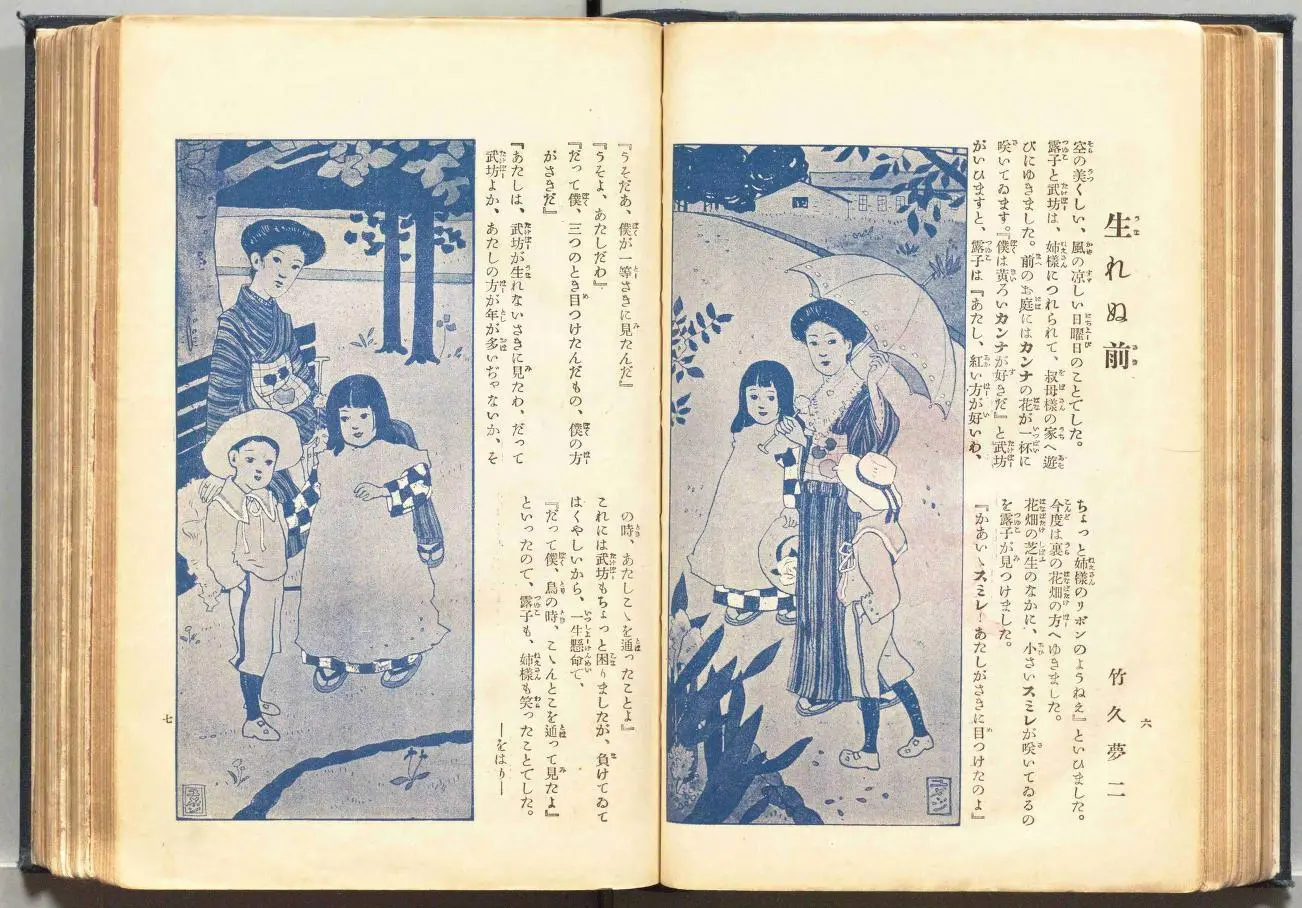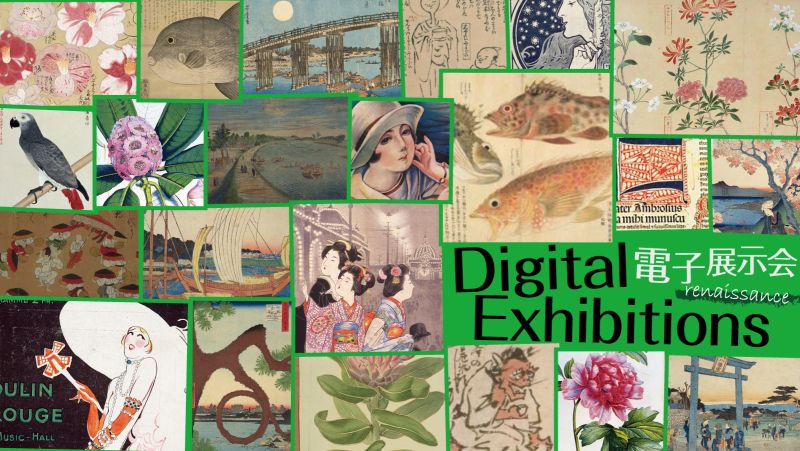The captivating charm of yumejishiki

TAKEHISA Yumeji's art portrays women with slender limbs and melancholic expressions on oval faces with large expressive eyes. Known as yumeijishiki bijin, this image of feminine charm came to dominate magazine illustrations and other media during the late Meiji and Taisho eras. By 1910, TAKEHISA Yumeji's illustrations had been featured in approximately forty-five newspapers and magazines, such as Chugaku sekai (Junior high school world), Yomiuri shimbun (Yomiuri newspaper), Heimin shimbun (newspaper for the common man), Jogaku sekai (World of learning for women), Fujin sekai (Women's world), Jokan (Ideal woman), Shojo sekai (Girl's world), Shojo no tomo (Girls' companion), Nihon no shojo (Japanese girls), Hagaki bungaku (Postcard literature), Bunsho sekai (World of writing), Hototogisu (Cuckoo, a haiku magazine), Taiyo (The Sun), and Tokyo Puck (satirical comic magazine). These publications garnered a wide readership, exposing many people to Yumeji's illustrations.
The word yumejishiki was used in an editorial published by the Yomiuri Shimbun on May 28, 1907. So, what kind of women exemplified yumeijishiki bijin?
It was certainly more than just having big eyes. Yumeijishiki bijin referred to women who wore kimonos but were influenced by styles from the West. The characteristics of yumeijishiki bijin included not just large eyes and a slender body but also hair, makeup, and behavior. But let's focus for a moment on the eyes. In an early illustration for the story "Umarenumae" (Before birth), which was featured in the June 1908 edition of Shojo no tomo (NDL Call No. Z32-412), a kimono-clad woman is depicted carrying a parasol and wearing a shawl around her neck. The woman is accompanied by children dressed in Western-style clothing, and all three are portrayed with big eyes. As the idea of beauty changed during that period, depictions of beautiful women with large eyes became common. New standards emerged that favored women with double eyelids and larger eyes.
 「生れぬ前」(『少女の友』1(5) 1908.6所収)【Z32-412】)
「生れぬ前」(『少女の友』1(5) 1908.6所収)【Z32-412】)
During the Meiji era (1868-1912), depictions of women with narrow, slightly upturned, fox-like eyes were often seen in nishiki-e and continued to prevail as the ideal of feminine beauty. It was, in fact, considered unrefined for a woman to have large eyes. However, as Westernization progressed in the wake of the Meiji Restoration, a gradual process of Western influence led to a preference for eyes with long, taut eyelashes instead of slit-like eyes with single eyelids.
Even as women with large eyes became more accepted, the popularity of oval-faced women with long slits for their eyes persisted in the painting of beautiful women.
In the time since the Meiji era, there has been wide variety of beautiful faces. Not only in the world of paintings but also in portraits of geiko and beauty contests for ordinary women, modern double-eyelid beauties have appeared. Yumeji's paintings and the trends of the day created the yumeijishiki bijin craze.
Yumeji's paintings of beautiful women were much admired, but the popularity of his work grew even more when the Minato-ya in Nihonbashi began selling fancy goods designed by Yumeji. The more women wore Yumeji goods from that store, the more popular they became. As the name yumejishiki, or "Yumeji style," suggests, Yumeji-designed obis, han-eri (an undergarment for kimono), hand-dyed yukata, tenugui, and similar goods as well as Yumeji dolls were all the rage and added to the brand's popularity.
After peaking between 1914 and 1919, the yumejishiki boom died down toward the end of the Taisho period and had run its course entirely by 1926. By the time of Yumeji's death in 1934, yumejishiki had become a thing of the past.
